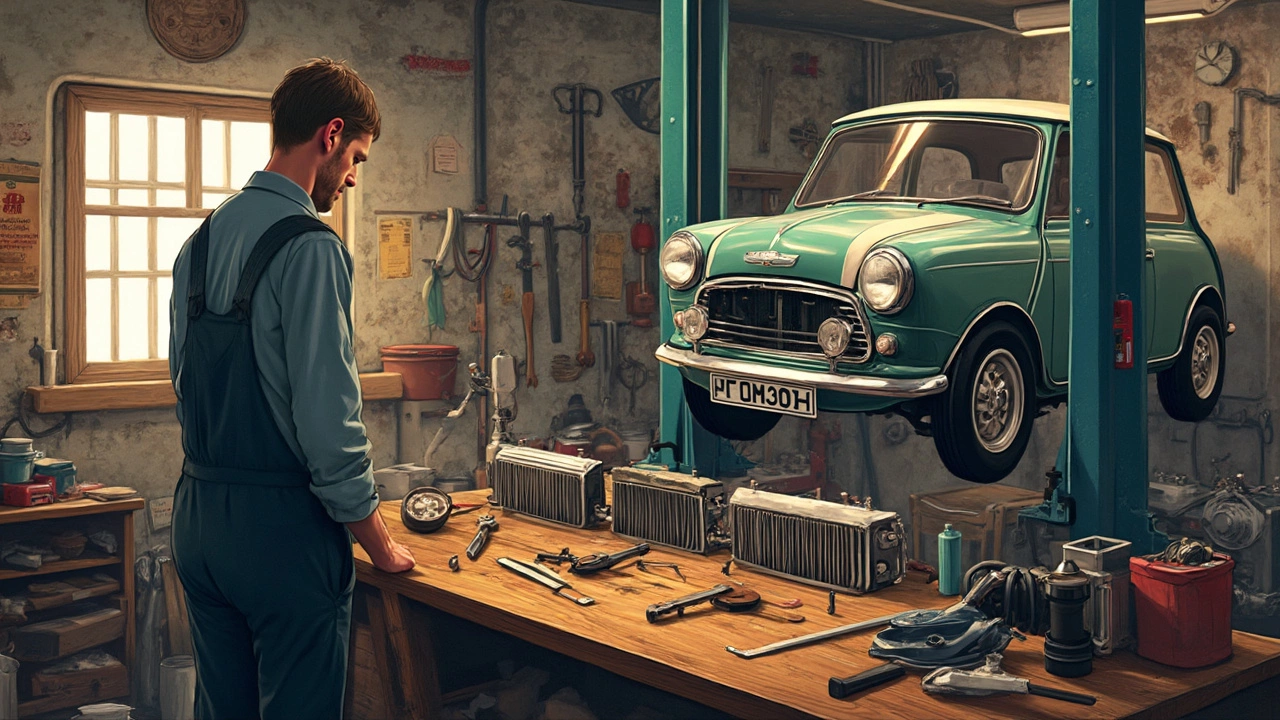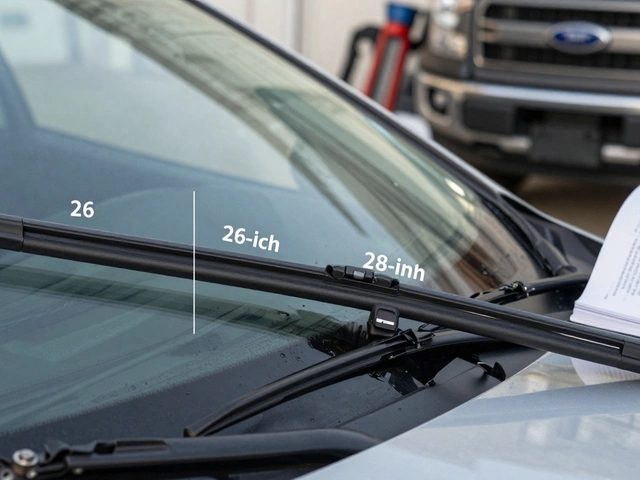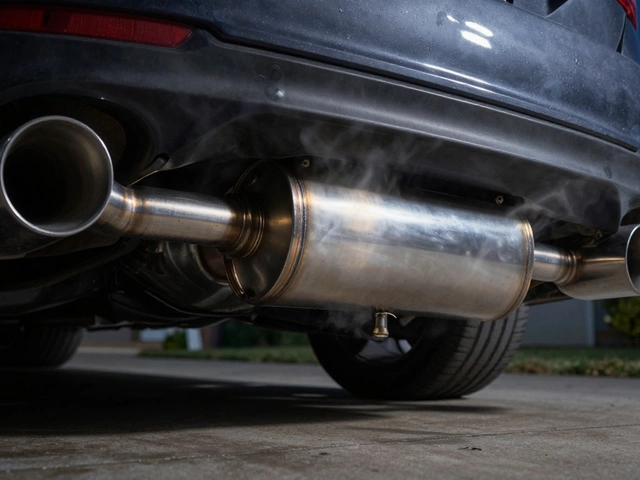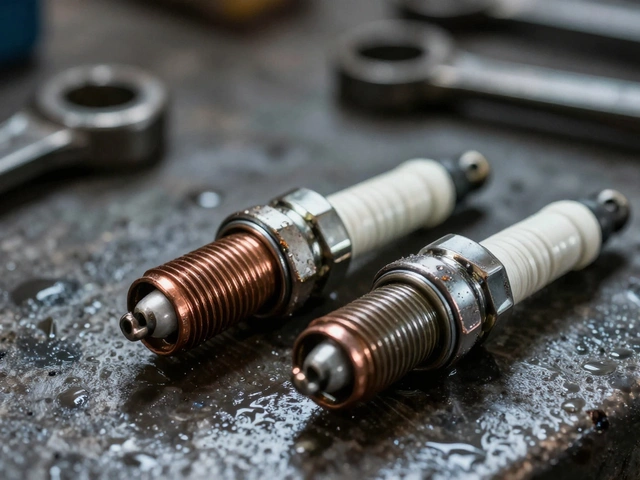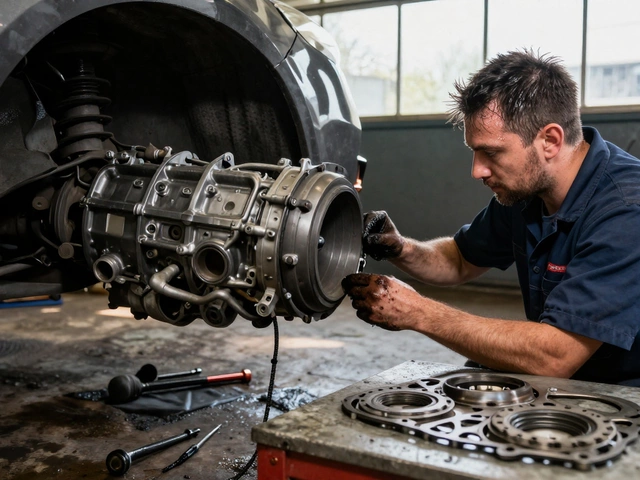Radiator Cost: What You Really Pay for Replacement and Repair in 2025
When your car starts overheating, the radiator, the main component that cools engine coolant by transferring heat to the air. Also known as cooling system core, it's one of the most critical parts keeping your engine from frying. A broken radiator doesn’t just mean a slow drive home—it can wreck your engine in minutes. That’s why knowing the radiator cost upfront saves you from shock bills and bad decisions.
The price of replacing a radiator isn’t just about the part. It’s a mix of the radiator itself, coolant, labor, and sometimes even new hoses or a thermostat. For most UK cars, you’re looking at £200 to £500 total. Cheaper cars like a Ford Focus or Vauxhall Astra? Around £200–£300. Bigger or luxury models like a BMW or Audi? That jumps to £400–£600. Why the gap? It’s not magic—it’s access. Some radiators sit deep behind the engine, requiring hours of disassembly. Others are easy to reach. Labor eats up half the bill in the tricky cases.
And don’t forget the cooling system, the network of hoses, water pump, thermostat, and radiator that circulates coolant to regulate engine temperature. If it’s old or dirty, replacing just the radiator won’t fix the root problem. A clogged system or worn water pump can kill a new radiator fast. That’s why pros always check the whole setup. Then there’s the radiator cap, the pressure seal that keeps coolant from boiling off under high heat. A faulty cap causes overheating too—cheap to fix, easy to miss.
Older cars with 100,000+ miles often need radiator replacements. But a 20-year-old radiator isn’t always broken—it’s just risky. Corrosion builds up inside, tiny cracks form, and plastic end tanks become brittle. Replacing it before it fails is smarter than waiting for a roadside breakdown. And if you’ve had coolant leaks before? You’re not just fixing a leak—you’re preventing engine damage that costs thousands.
DIY might sound tempting, but radiator work isn’t beginner-friendly. You need to drain coolant safely, avoid air locks, and refill with the right mix. Mess it up, and you’ll overheat again. Most people end up paying more in time and mistakes than they save. A good garage will test the system, flush the old coolant, and check for hidden issues. That’s why the best radiator replacements come with a full cooling system check.
What you pay also depends on where you live. Urban garages in London might charge more than local shops in Stevenage. But don’t chase the cheapest quote. Look for shops that use OEM or high-quality aftermarket parts, offer a warranty, and explain what they’re doing. A £150 radiator from a discount supplier might leak in six months. A £280 one from a trusted brand could last the life of the car.
And here’s something most people don’t think about: a failing radiator can hide behind other symptoms. Overheating? Could be the thermostat. White smoke from the exhaust? Could be a blown head gasket. That’s why checking the radiator alone isn’t enough. You need the full picture.
Below, you’ll find real guides from drivers who’ve been there—how to spot a bad radiator before it quits, what parts actually drive the cost, and whether your 20-year-old radiator is a ticking time bomb. No fluff. Just what you need to know before you hand over your keys.
